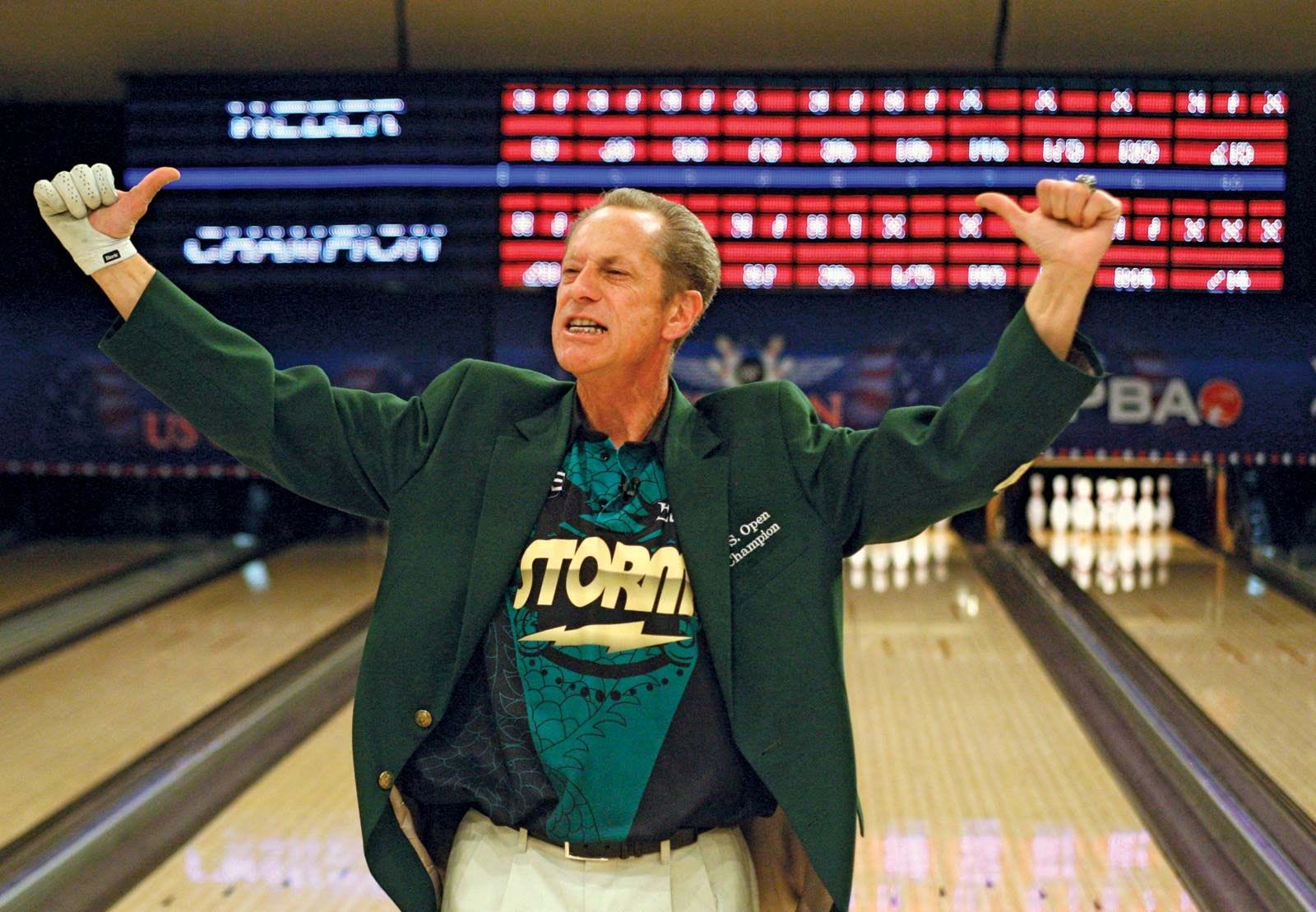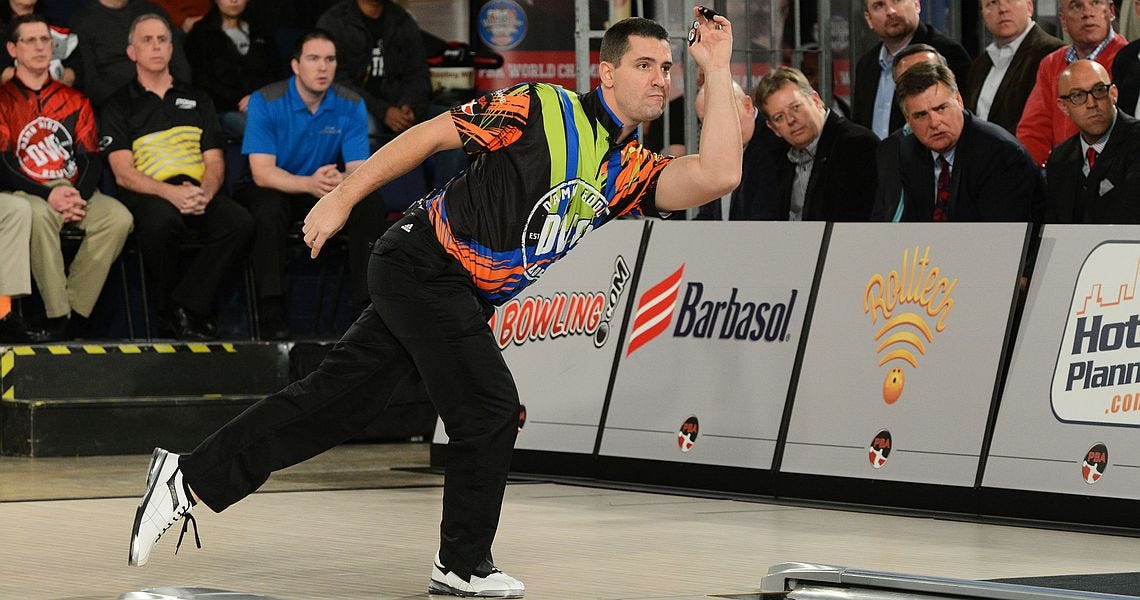The Money & Business Behind Professional Bowling
Huddle Up is a 3x weekly newsletter that breaks down the business and money behind sports. If you are not already a subscriber, sign up and join 100,000+ others who receive it directly in their inbox each week. Friends, Bowling originated in ancient Egypt — and with the game being played in Germany as early as the 13th Century, it is widely considered one of the world’s oldest sports. Bowling was super popular in America, too. More than 9 million Americans participated in bowling leagues throughout the late 1970s, and it’s estimated there were nearly 60 million recreational bowlers in America throughout the 1980s. But then the sport slowly started to lose its luster, with thousands of bowling alleys closing their doors and millions of people forgetting about the game. So today’s newsletter looks at the history and future of professional bowling, including the sport’s current popularity, the life of a professional on tour, the economics behind the sport, and more. Let’s get right into it. The Professional Bowlers Association (PBA) was founded in 1958 and is the primary sanctioning body for the sport of professional ten-pin bowling. The PBA currently has 3,000 members from 30+ countries around the globe. And after being purchased for $5 million by three former Microsoft executives — Chris Peters, Rob Glaser, and Mike Slade — in 2000, the trio sold the business in 2019 to Bowlero Crop, the world’s largest owner and operator of bowling centers. The main commercial entity owned by the PBA is the PBA Tour. This tour is similar to what you would see in golf or tennis, with a schedule of events that tour the United States. The PBA Tour also includes major championships like golf and tennis — the 5 majors include the U.S. Open, the PBA World Championship, the Tournament of Champions, the PBA Players Championship, and the USBC Masters. And with qualifying mixed in, the PBA’s 17 annual tournaments can last between four and seven days. How Much Do Professional Bowlers Make?The 2023 PBA Tour schedule has about $4 million in prize money up for grabs. The average tournament pays between $15,000 to $100,000 to the first-place winner, and the person that finishes in last place can even walk home with $1,000 to $10,000. Here’s a roundup of the total prize money up for grabs on the PBA Tour in 2023. Furthermore, Jason Belmonte finished 2022 as the PBA’s top earner with $302,525 in earnings, while Jakob Butturff rounded out the Top 10 with $91,575 in earnings.
And the all-time earnings record on the PBA Tour is held by Walter Ray Williams Jr., who won $419,700 in 2002-03 and $4.2 million throughout his career. But still, with professional bowling seeing a decline in interest, prize money for the PBA Tour has dropped 43% over the last several decades, from $7 million annually in the late 1970s to $4 million annually today. What’s Life Like For Professional Bowlers?With professional bowlers being independent contractors, like golfers and tennis players, they have to pay their own expenses, including travel, lodging, and meals. And these expenses can cut into their pay. For example, Ryan Ciminelli broke down his earnings for a 2016 story in MarketWatch, and he said that he didn’t make any money during his first three years on the PBA Tour because he was spending about $30,000 annually on expenses. He then brokered a deal with a friend that covered all his expenses in exchange for 50% of his PBA Tour winnings. So when he earned a career-high $192,000 in 2015 ($142,000 in winnings and $50,000 in endorsements), he still took home less than $100,000 after the 50% split. Ryan Ciminelli PBA Tour Earnings
Now, Ciminelli did note that he and other PBA Tour pros can make $1,000 per day plus travel expenses for clinics, exhibitions, and appearances. But they are typically only doing about 10 of these events each year. And it’s important to remember that Ryan Ciminelli was one of the world’s best bowlers that year, as a bottom-tier bowler would have made as little as $10,000. Bowling’s (Bleak) FutureThe PBA Tour is in an interesting spot because virtually everything has been down over the last few decades (TV ratings, prize money, consumer interest, etc.). But the tour signed a deal with Fox Sports in 2019, and the numbers are improving. For example, after drawing more viewers than any other sports broadcast on television throughout the 1960s, professional bowling started declining in the 1970s and 1980s, and the sport essentially became irrelevant to an entire generation. But the PBA Tour’s new broadcasting deal with Fox Sports covered more critical events like the five majors. And the viewership increased 85% in year one, from 11.3 million viewers in 2018 to 20.9 million in 2019. So while consumers have more options than ever before and much of bowling’s mindshare has become a nostalgic activity you do with your family, the PBA Tour is attempting to make a comeback and they are betting that it isn’t too late. If you enjoyed this breakdown, please share it with your friends. I hope everyone has a great weekend. We’ll talk on Monday. Listen to the Joe Pomp Show on Apple or Spotify. Interested in advertising with Huddle Up? Email me. Your feedback helps me improve Huddle Up. How did you like today’s post? Loved | Great | Good | Meh | Bad Huddle Up is a 3x weekly newsletter that breaks down the business and money behind sports. If you are not already a subscriber, sign up and join 100,000+ others who receive it directly in their inbox each week. Huddle Up is free today. But if you enjoyed this post, you can tell Huddle Up that their writing is valuable by pledging a future subscription. You won’t be charged unless they enable payments.
© 2023 |



